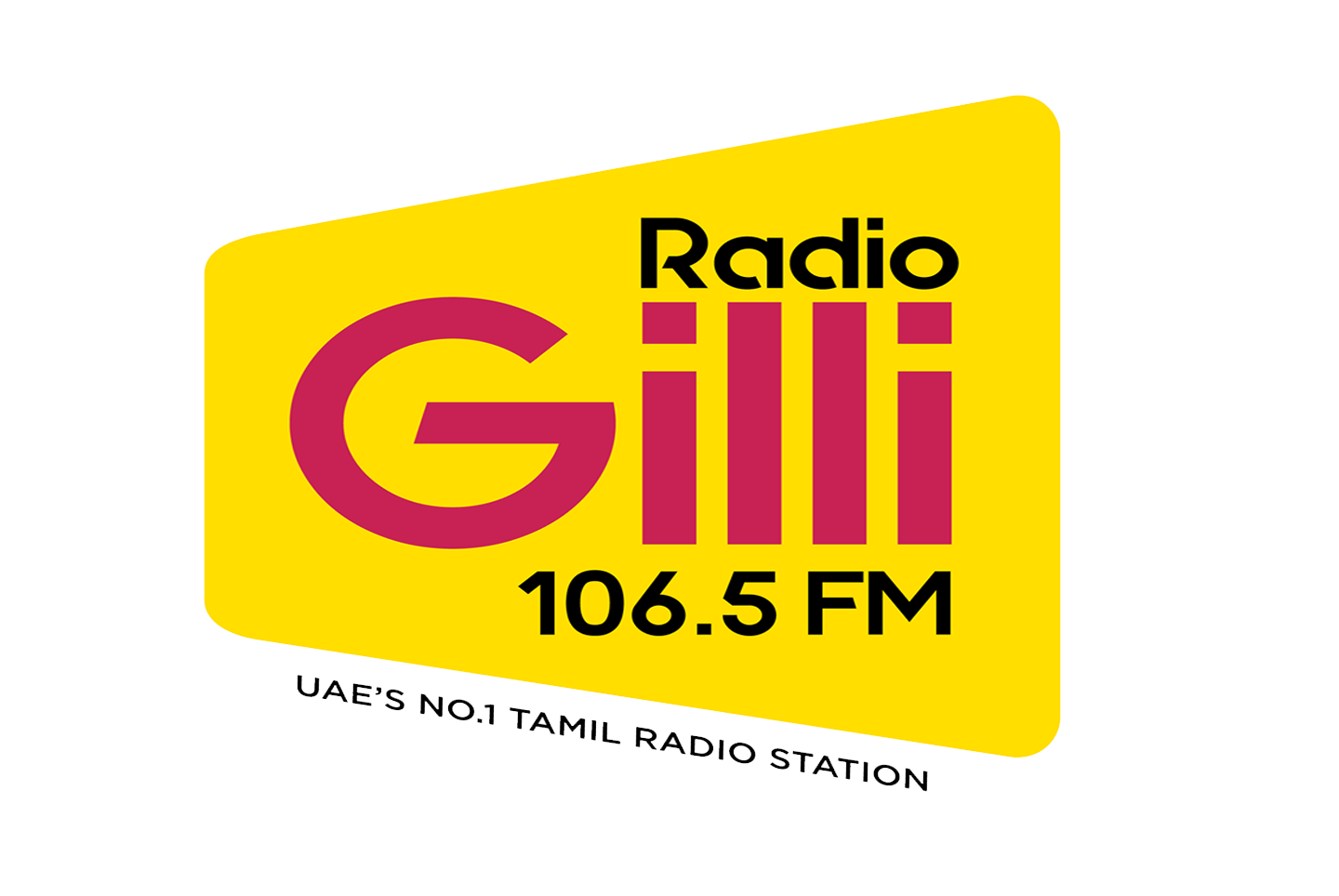- [UAE News]In his speech before the Arab Summit, Mohammed bin Rashid stresses the need to strengthen joint Arab action, solidarity, and integration of efforts regionally and internationally. ...Read More
- [UAE News]UAE President receives phone call from President of Brazil; orders urgent relief aid for flood victims ...Read More
- [UAE News]Arab League's Bahrain Declaration calls for deployment of peacekeepers to occupied territories, until lasting two-state solution materialises ...Read More
- [UAE News]Mohammed bin Rashid attends 33rd Arab League Summit in Bahrain ...Read More
- [UAE News]National Centre of Meteorology hosts workshop on flood forecasting ...Read More
- [UAE News]Hamdan bin Mohammed approves MBZ-SAT for launch ...Read More
- [UAE News]'Blue Residency' further cements UAE’s role as a global leader in sustainability: Sultan Al Jaber ...Read More
- [UAE News]pproval of Blue Residency enhances climate action, community’s contribution to preserving environment: Amna Al Dahak ...Read More
- [UAE News]UAE President receives Ruler of Ras Al Khaimah ...Read More
- [UAE News]UAE Cabinet approves National Youth Agenda 2031; introduces 'Blue Residency' for sustainability experts ...Read More

The Department of Tourism and Antiquities in Umm Al Quwain has been completing its excavation activities at the Jazirat Al-Siniya site
- UAE News
- 06 May 2024
- 12:00 AM
The Department of Tourism and Antiquities in Umm Al Quwain has been completing its excavation activities at the Al-Siniyah Island site for the fourth consecutive season in cooperation with a number of local and international partners. The excavation work included both the Deir Al-Siniyah site and the Pearling City site, in order to reach a deeper understanding of the cultural and archaeological history of these sites and contribute to Preserving the identity of the region. Archaeological excavations on the island this year witnessed important discoveries, as the results of this season indicated that the site of the pearling city is likely to be the site of the lost city (Tawam), known in historical sources. This conclusion is considered a prominent archaeological contribution in providing valuable insights into the history and culture of the region at that time. Commenting on this year’s excavation season, Ms. Rania Hussein Qanouma, Acting Director of the Department of Antiquities and Heritage at the Department of Tourism and Antiquities, indicated that the work in this season continued for 9 weeks, starting from last January until March in the two sites, where a large number of The stone houses are clustered around narrow alleys, which shows that Al-Siniya Island had an authentic architectural history throughout different periods of time. She stressed: “The Department of Tourism and Antiquities is keen to continue archaeological excavations in order to better understand the island’s authentic cultural components, in addition to continuing the process of preserving and maintaining these archaeological buildings to ensure their sustainability.” For his part, Dr. Michele Degli Esposti, head of the Italian mission in Umm Al Quwain and a researcher at the Polish Academy of Sciences, explained that there is a chronology of the pearling city based on the archaeological finds discovered at the site. Last year, 2023, excavations were carried out in the northern area of the settlement and many utensils were found there. The pottery dates back to the fifth and sixth centuries AD. As for the current year 2024, excavations have been carried out in the southern region and it is likely that it may date back to the fourth century. With the continuation of excavation and research at the site, the results indicate that the chronological history of the city goes back to an earlier time. Professor Robert Holland, from the Institute for the Study of the Ancient World at New York University, said: “Several large jars were found at the site and were imported from Mesopotamia. There were two jars bearing Aramaic letters that were commonly used from the first to the fourth century AD.” Historical evidence indicates that the pearling city was an attractive point for the residents at that time due to the archaeological site of Al-Dur, as it was a pioneering and prosperous city in the fourth and fifth centuries AD. The city attracted a group of monks known as the Nestorian monks, who established a Christian monastery sometime between the end of the sixth century AD and the beginning of the seventh century. Gregorian. Commenting on this evidence, Professor Timothy Power from the UAE University explained the historical background to this conclusion, explaining that the remains of the pearling city can be identified as the city of Tawam mentioned in historical and geographical sources. He added: “The sources indicate that the city of Tawam was the capital of the Gulf coast of the Emirates.” It was a famous pearl fishery in that period, as the Arabic and Aramaic name for the twins means “Thomas” in English, and the city was named after Saint Thomas, who was sent to the East to spread the Christian religion in the Arab countries, Persia, and India.” The professor added, explaining: “Archaeologists believe that the people of the pearling town on Al Siniyah Island left the island in the sixth or seventh century AD, and after that, Julfar in Ras Al Khaimah emerged as a major city on the Gulf coast of the Emirates. The memory of the city of Tawam has disappeared.” Later, historical sources believed the location of the city to be located in Al Ain and Al Buraimi, and identifying the archaeological site as “The Lost City: Tawam” represents an important contribution to the historical geography of the Arabian Gulf and the national history of the UAE.” The site of Deir Al-Siniya, which was discovered by the Department of Tourism and Antiquities team, proves that Al-Siniya Island was a meeting place of civilizations and a global communication point, and the site of the pearling city holds invaluable archaeological wealth in its historical and economic dimension. The Department of Tourism and Antiquities pays great attention to implementing all strategies and activities related to antiquities, in order to preserve the historical heritage of the emirate and take the necessary measures to protect archaeological sites and finds.






 o
o

